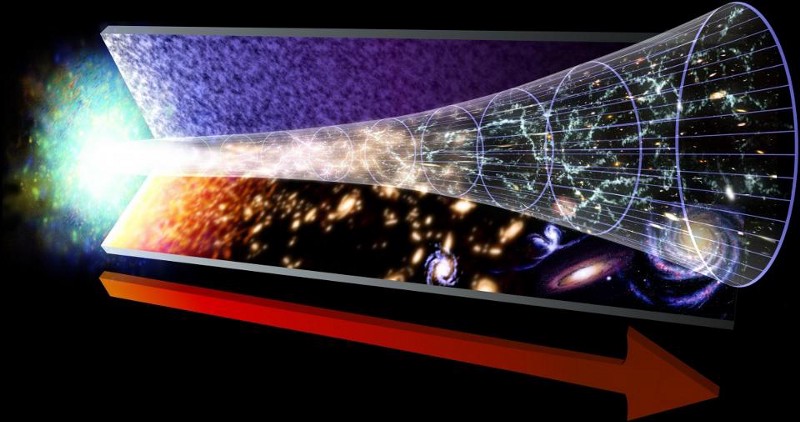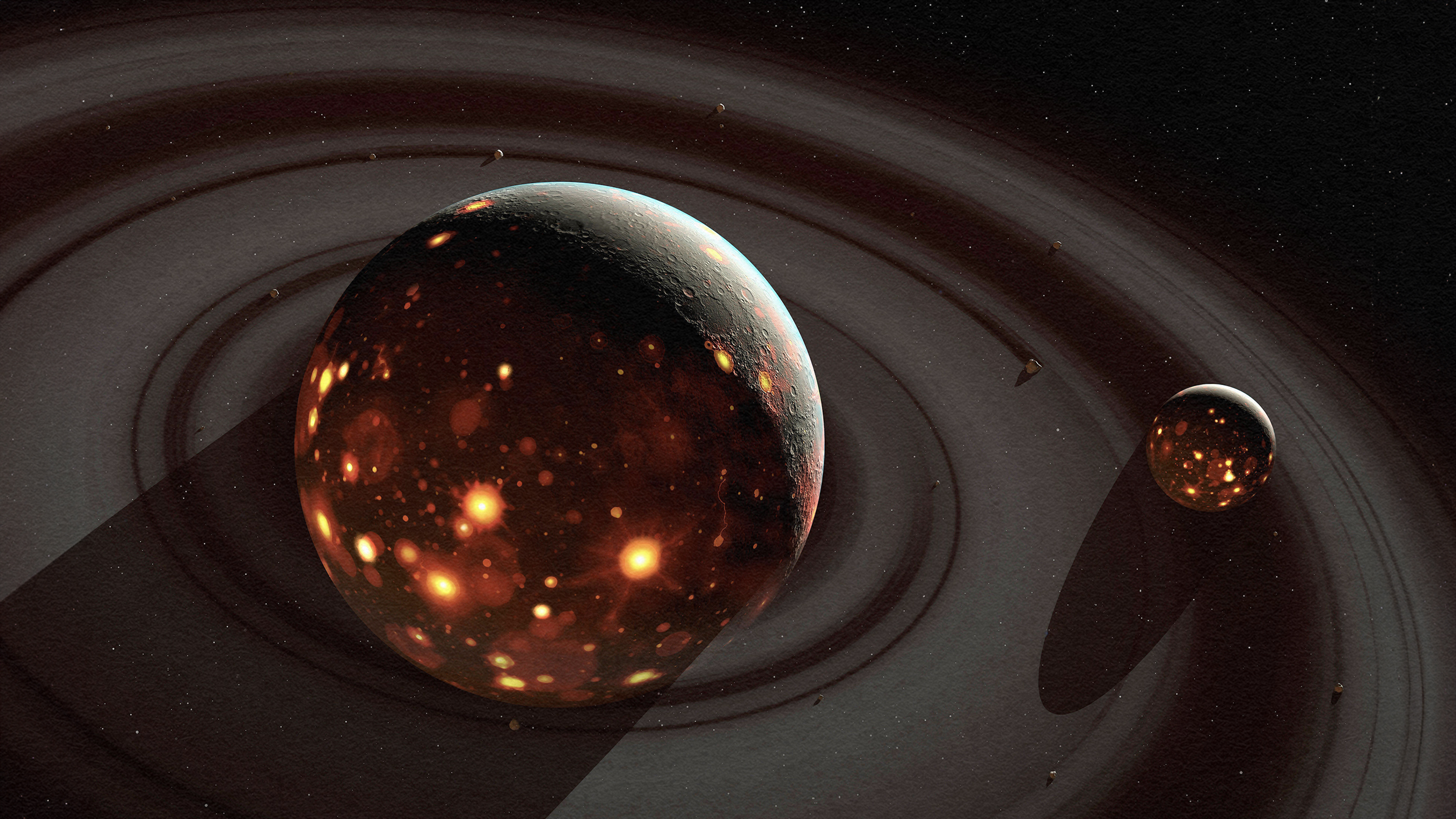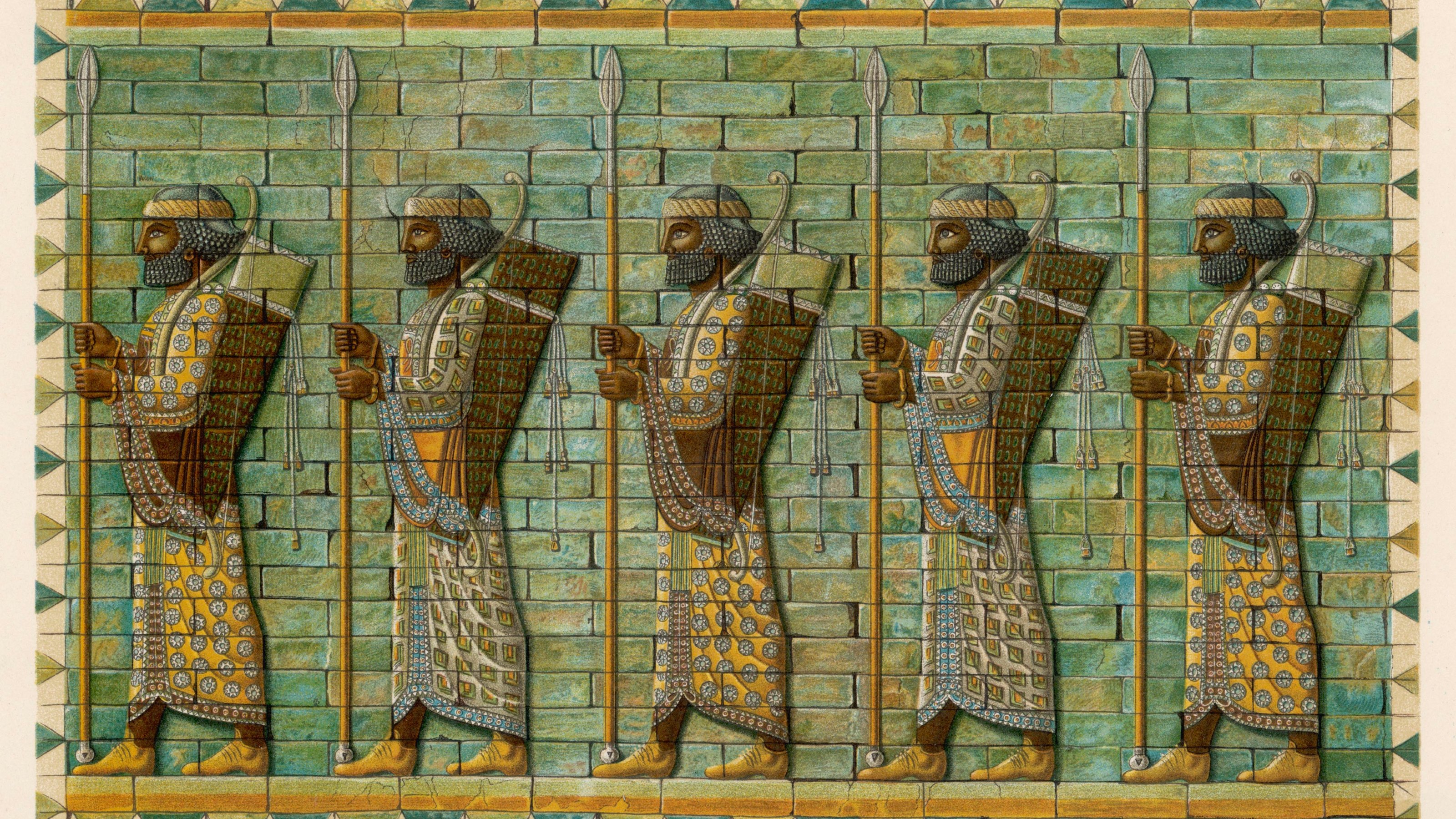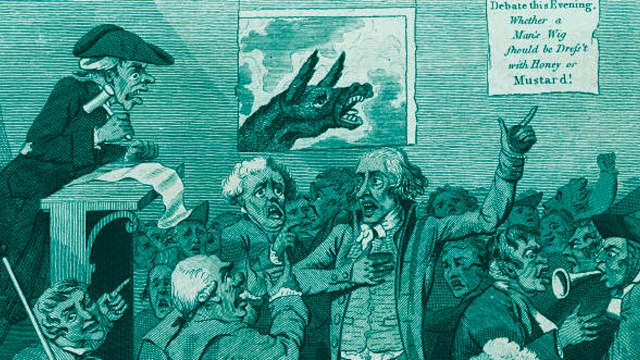Ancient philosophers understood a key truth of modern cosmology

- Ancient ideas about the Universe describe matter as constantly ebbing and flowing through different shapes and structures, from the very small to the very large.
- As science taught us more about matter, its interactions, and how stars are born and evolve, we see a curious connection between those old intuitions and the way things are.
- The lesson is that nature is the ultimate recycler, as the fundamental constituents of matter constantly reassemble into different shapes and structures, living and nonliving.
Sometimes we must go back to go forward. Old ideas seem to keep resurfacing, even if in different guises. Similar concepts and intuitions emerge in different cultures, as people try to understand what they see in the world. The vocabulary and the cultural context changes, the fundamental concepts, methodology, and even the goals of the explanations are different, but the core ideas are essentially the same. Amazingly, this is the case with how matter arranges itself into the structures that we see — from atoms to galaxies.
Around 600 BCE in Ancient Greece, Anaximander of Miletus, one of the first Western philosophers, had a powerful vision of the cosmos. He believed that everything was made from a primordial substance and that everything that we see in the world and the skies — from frogs to trees to people to stars — were temporary structures that “in the assessment of Time” revert to this primordial goo. Anaximander called this stuff the “Apeiron,” which translates loosely to the “Boundless.” Whatever the Boundless was, it was part of everything that existed.
He envisioned a perpetual flow of matter, a constant becoming of things, all connected by their material essence. This being Ancient Greece, there were no details of how this happened or the composition of this stuff. But a couple of centuries after Anaximander, the Greek Atomists proposed that everything was made of indivisible bits of stuff, which they called “atoms.” For the Atomists, the emergence and dissolution of the stuff that we see was due to atoms coming together or breaking apart. The pervasive notion here is the flowing of matter into different structures: a recycling of matter that never stops.
Nature is the ultimate recycler
Some five centuries later in Rome, the wise emperor Marcus Aurelius goes back to some of these ideas, writing in his Meditations:
“Constantly think of the universe as a single living being, comprised of a single substance and a single soul; and how all things issue into the single perception of this being, and how it accomplishes all things through a single impulse; and how all things work together to cause all that comes to be, and how intricate and densely woven is the fabric formed by their interweaving.”
Setting aside how Aurelius describes the cosmos as an organism with a soul, which was a metaphorical way of attributing to the Universe properties that related to those of people, we see the same idea of matter coming into being as part of a universal ebb and flow, an interweaving of all that exists.
Before we look to modern physics, let’s stop at Buddhism, where the notion of the interrelatedness of all things is essential. As Vietnamese monk Thich Nhat Hanh beautifully expressed:
“If you are a poet, you will see clearly that there is a cloud floating in this sheet of paper. Without a cloud there can be no rain, the trees cannot grow; and without trees we cannot make paper…so we can say that the cloud and the paper inter-are…Everything—time, space, the earth, rain, the minerals in the soil, the sunshine, the cloud, the river, the heat, and even consciousness—is in that sheet of paper. Everything coexists with it. To be is to inter-be…as thin as this sheet of paper is, it contains everything in the universe.”
Nowadays, we describe matter as made of atoms, and atoms as made of quarks and electrons. We have a modern cosmological narrative that describes how matter emerged shortly after the Big Bang as its most basic components: the modern version of an atom. It proceeded to interact with itself to create structures of growing complexity: quarks into protons and neutrons, protons and neutrons into atomic nuclei, atomic nuclei grabbing electrons to make atoms (initially especially hydrogen), clouds of hydrogen coalescing into stars that shine by fusing hydrogen into helium, and then, as the stars approach the end of their existence, into heavier chemical elements.
So, according to our modern cosmic story, matter coalesces into stars that create more matter in the form of atoms, which then disperse through the interstellar medium to help create new stars that create more atoms that disperse again….you get the picture. It’s a story of the constant ebbing and flowing of matter to form new stars that then dissolve into more complex atoms that form planets, moons, water, and, at least here, trees and clouds, and people who invented paper to write articles about the Universe and poems about the interconnectivity of it all. What Anaximander and Marcus Aurelius imagined — and what Buddhist philosophy preaches — are intuitive expressions of the intricate connections and interactions between the material forms we see in the cosmos, the living and the nonliving, all derived, we now know from modern science, from the ebbing and flowing of atoms. Nature is the ultimate recycler.





